

Airborne technologies, such as aviation, drones and satellites, have become powerful tools for the representation, planning, control and governance of space. This spatial revolution that started with aeronautics in the early 20th century, however, has not yet been thoroughly studied in all its implications. The project provides the first systematic and interdisciplinary inquiry into the history and impact of the aerial spatial revolution.
Ranging from the eve of 20th century to the present day, the collaborative project focuses on the material and imaginary effects on the city, architecture and territory. The study is structured along three interconnected axes: ‘aero-vision’, ‘aero-planning’ and ‘aero-politics’. The first axis analyzes the epistemological and phenomenological significance of the vision from above, be it human or artificial. The second studies the far-reaching effects on architecture, planning and landscape. The third axis focuses on the spatial-political effects of air control, all the way to the impact of satellite and drone imagery.
This project brings together experts in urban planning and architecture, aesthetics, visual media theory and political philosophy and sets up a collaborative research between the SUPSI, the University of Fribourg and the OST Eastern Switzerland University of Applied Sciences. With a wide depth of field and a broad time span covered, the genealogical method will allow to identify the epistemological patterns, visual codes and symbolic effects that have oriented the development of the aerial space revolution up until now.
Principal Investigators:
Team:
(to be announced)
Partners:
-
Prof. Christoph Frank
USI
-
Prof. Caren Kaplan
Univ. of California, Davis
-
Prof. Antonio Somaini
Paris III-Sorbonne Nouvelle
-
Prof. Jennifer K. Lavasseur
Smithsonian National
Air and Space Museum,
Washington, D.C.
-
Prof. Lisa Parks
MIT, Cambridge MA
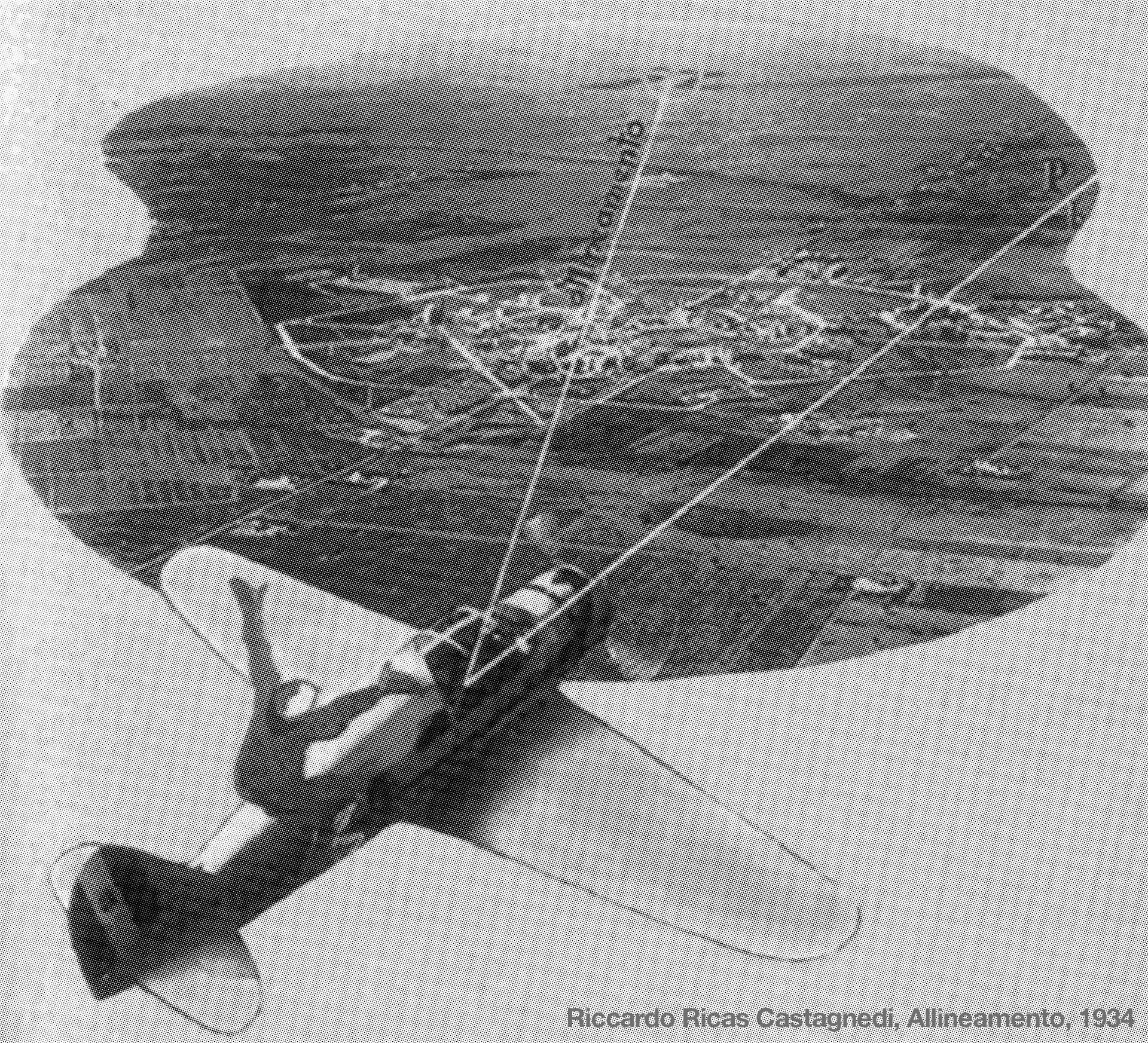
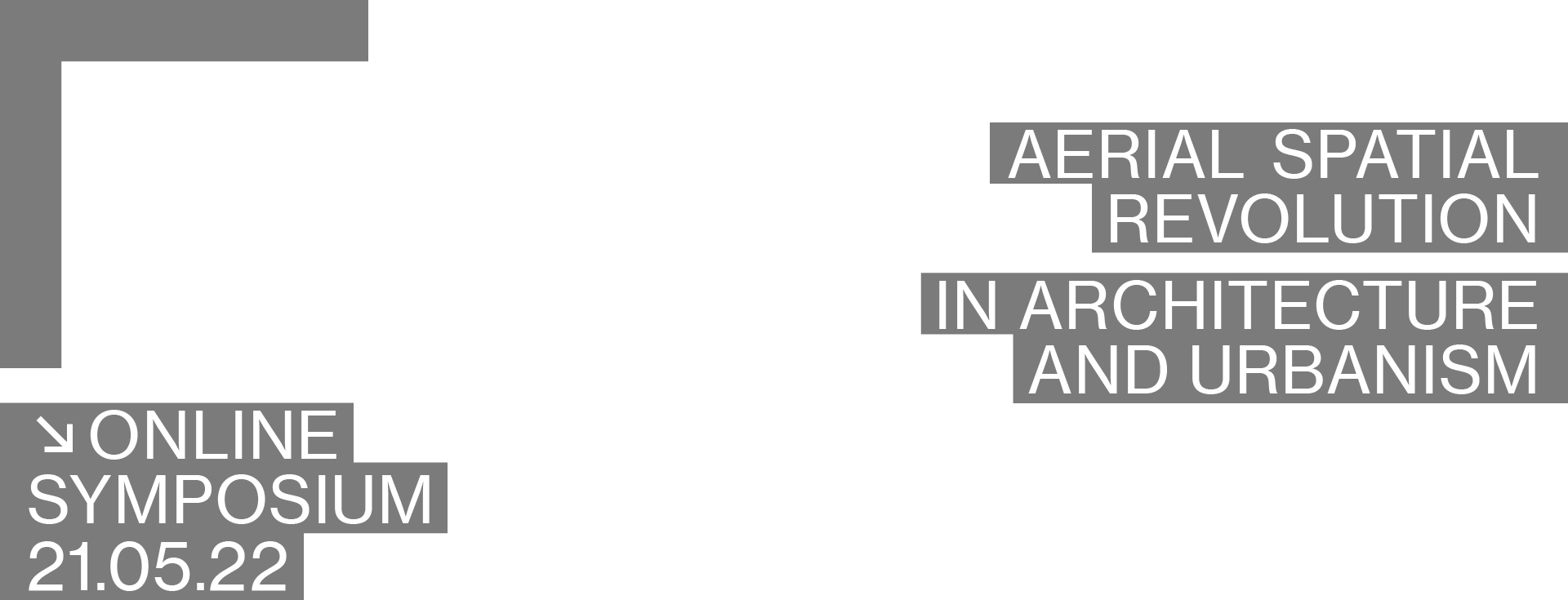
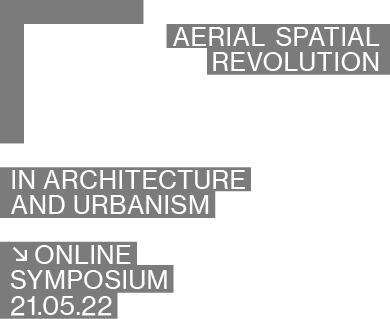
Through interdisciplinary approach, the symposium explores the influence of the conquest of the air – from the first flight experiences to contemporary satellites – on the way of thinking, designing and practising space. The general framework is based on the concept of “Raumrevolution” (Spatial Revolution) introduced by the jurist and philosopher Carl Schmitt in Land and Sea (1941), but then implicitly present also in other authors (e.g. Wölfflin, Panofsky, Giedion, Koyré, and Kern).
A spatial revolution is a historical change that transforms the relationship between man and space at all levels. It involves the living environments in which subjects act, communicate and represent their world. The most profound spatial revolutions are those caused by the irruption of a new element (in our case: airspace and extraterrestrial space). In these cases, all spatial relations are modified, and thus inaugurate a general change that affects both the uses of space and its understanding. Is it therefore possible to talk about an aerial spatial revolution in architecture and urbanism and trace a history that shows the lines of development, the disconnections and the repercussions in political and social terms? How did the conquest of the third dimension produce new spatial experiences, aesthetic languages, and spatial intelligence in architecture and urbanism?
Ultimately the symposium analyses the relationship between aerial technologies for representing space and how space has been – and still is – conceived and designed.
USI-SUPSI
Organized by Matteo Vegetti and Christoph Frank
Coordinated by Fabrizia Bandi (USI, UNIMI)
H 9.00-12.30
Welcome address:
Walter Angonese
Director of the Academy of Architecture (USI)
Silvio Seno
Director of DACD (SUPSI)
Introduction:
Matteo Vegetti
SUPSI, USI
Christoph Frank
USI-ISA
Moderator:
Tommaso Morawski
Bauhaus-Universität Weimar
Speakers:
The paper aims to give an overview of Carl Schmitt’s concept of “Raumrevolution” on the theoretical-epistemological level as well on the juridical-political level, looking in particular at the first planetary spatial revolution of XVI and XVII centuries. In order to better explain and develop this concept of “Raumrevolution” I will use Thomas Kuhn’s conception of Copernican Revolution, understood as model of his theory of scientific revolutions. I will then try to clarify some elements of the key correlations between this theoretical side and the juridical and political considerations proposed by Schmitt, including the importance assigned to the opposition sea/land and to the conquest of oceans in modernity.

While Le Corbusier’s Aircraft, brought out in 1935 by the British art publishers The Studio, is well known to scholars of architecture, what is less often remarked upon is that it was one part of a double publication. For, in marking the launch of an intended new series titled ‘The New Vision’ (which in the end ran to only three books), it appeared alongside a partner volume – W. Watson-Baker’s World Beneath the Microscope, a book of microphotographs prefaced with a richly-articulated text by the artist and critic William Gaunt. In this way, at its outset, the series tacitly established a relation between two species of downward look in which vision was transformed by technical apparatuses – the distanced view from the aeroplane and the microscopic close-up. Working from the two Studio publications, this talk will reflect upon the nexus of aerial view and close-up, and the kinds of imaginative entanglements and metaphoric exchanges it sets in motion and licenses. It had an important role in the thinking of László Moholy-Nagy, to which The Studio’s project was deeply indebted, but it is also evident, in often surprising ways, in nineteenth-century visual discourses and beyond.
Mark Dorrian holds the Forbes Chair in Architecture at the University of Edinburgh. His books include Seeing From Above: The Aerial View in Visual Culture (2013, co-edited with Frédéric Pousin) and Writing on the Image: Architecture, the City and the Politics of Representation (2015). Mark is editor-in-chief of Drawing Matter Journal.
Image caption: W. Heath, A woman dropping her tea-cup in horror upon discovering the monstrous contents of a magnified drop of Thames water; revealing the impurity of London drinking water (1828), coloured etching (Wellcome Library, London).
Link: https://commons.wikimedia.org/wiki/File:Monster_Soup_commonly_called_Thames_Water._Wellcome_V0011218.jpg

The construction of an aerial gaze has a long history, well before the beginnings of aviation, well before the invention of balloons, when from the top of medieval belvederes one could discover the panorama of the city and its surroundings. However, the context of the evolution of the greater city with its ever-fading limits gradually gave meaning to the aerial apprehension of space, that of a stable, free and autonomous movement in the third dimension, equipped with visual prostheses (photography, cinema), which allowed to grasp a reality that constantly escapes human perception. The quest for figurability of the large city crossed a bundle of inventions and appropriations, opportunities and contexts, allowing the development of an aerial thought of the space whose interferences did not cease to work the architecture and the urbanism. Representations, projections, realizations: this paper will question the functions of this imaginary that has influenced urban futures, pointing out its subjectivities and its unthinking, while cities and territories are confronted with the critical stakes of the anthropocene: ecology, globalization, digitalization.

It was not until years after their establishment in Germany that architects also began to take an interest in aerial photography. Under the influence of the technical development in aviation and several exhibitions as e.g. the “Internationale Luftschiffahrt-Ausstellung” (International Airship Exhibition) in Frankfurt am Main in 1909 they moved into the focus of the young urban planning.
Aerial photographs were the appropriate tool to literally visualise the expansion from regionally narrowly defined house construction to aesthetic urban construction that had been propagated since Camillo Sitte. The photographs showed the spatial relations of the buildings, infrastructure and nature and thus initiated a general change that affected both the use of space and its understanding.
How this development took place in urbanism in Germany and what part the aerial photographs played will be the subject of my lecture. I will show the continuous path from the rediscovery of perspective in architectural journals in the late 19th century, the use of bird’s-eye views for the visualisation of architectural ensembles to aerial photographs as an object of study in German urbanism.
Picture:
Drawing of the planned buildings on Munich’s Kohleninsel (today’s Museum Island), probably after an aerial photograph, Deutsche Bauzeitung 34, vol. 30, 1900, p. 185

Ever since human beings have managed to overcome gravity and went up into the air, their “advancement” on civilization has been used to military and strategic advantage, with devastating effect. This fact is currently being brought back to Europe to such a level, which can only compare to some of the most iconic images of the First and Second World Wars. Yet, wars perversely drive innovation and reconstruction, as is only too well known. And it may be this, which in terms of a discontented civilization may be at the roots of survivalist amnesia and even historical denial in relation to our response to such imagery, moreover in spite of its all too evident omnipresence.
Thus, this paper intends to look at the phenomenon of an iconography of aerial destruction from a set of dual perspectives, ranging from “above” and “below” to abstraction and concretion, to fakeness and forensics or empathy and denial and their overall respective reception in artistic processing at a later date. Evidently, part of the argument will take into consideration W. G. Sebald’s now legendary and extensively debated Zurich lecture cycle, which appeared in 1999 under the title of Luftkrieg und Literatur (English edition: On the Natural History of Destruction), and in which the author addressed a hitherto neglected aspect of post-war mental and artistic processing. Sebald observed that despite the overwhelming factual evidence of the near to total destruction of a large number of important central European cities as a result of aerial bombing during World War II, the subject seems to have represented a near to total taboo in literature and public discourse. Few of his writings have incited a more impassioned debate than Luftkrieg und Literatur.
Are there notable differences to be observed between the literary and visual processing of aerial destruction? Does war photography – and aerial photography in particular – stand in an overall iconographic tradition whether envisioned or documentary? What are its potential sources and reference models? Is there a “classical tradition” of aerial destruction? Will this help us to understand the visual empowerment of images in the current conflict? A history of the image of aerial destruction may still need to be written.
An Antonov An-225 cargo plane, the world’s biggest aircraft, destroyed by Russian troops at an airfield in Hostomel, 2022. Photograph: Getty Images.
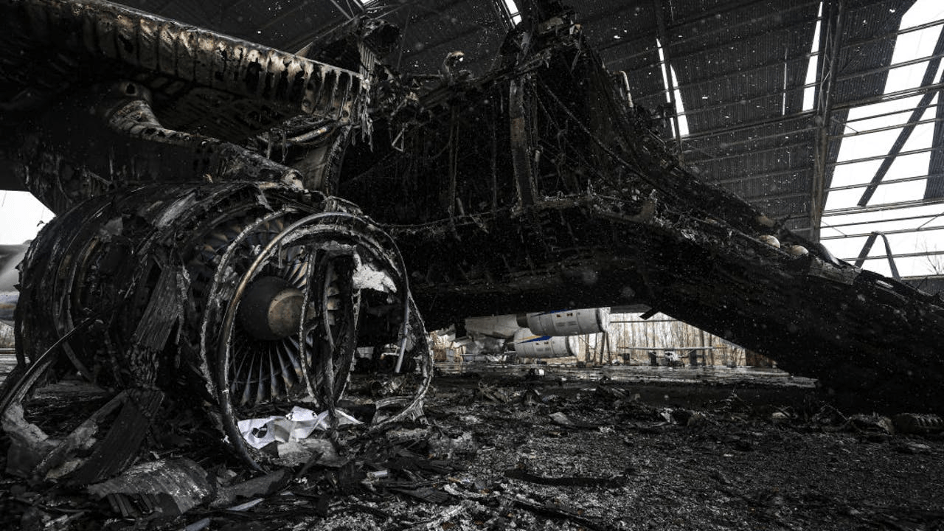
Respondent:
Emmanuel Alloa
University of Fribourg
H 16.00-19.00
Speakers:
One of the most iconic outcomes of human spaceflight was the influential metaphor of ‘spaceship Earth’. The metaphor figures amongst the most influential Cold War interpretations of the global environment and it effectively translates a ‘new’ vision of the world as a finite planet. It was adopted not only by military planners at the Pentagon but also proponents of new forms of environmentalism. Its success from the late 1950s onwards, in politics and economics, was driven by the fact that the metaphor incorporated both, the idea of global environmental crisis, yet also a strong belief in progress and the capacity to control and manage Earth as a whole. Thus, as a technological metaphor, spaceship Earth also illustrates Banham’s famous paradigm of the ‘First Machine Age’, where the machine appears as the ultimate metaphor for architecture. It thus comes as no surprise that Cold War architects, such as Buckminster Fuller and Frei Otto, developed utopian and concrete manifestations that actively fed into the idea of the Earth as a controllable spaceship. The declared goal was to resolve at a global scale all earthly problems in one sweeping gesture of urban planning, architectural design and infrastructural construction. More recent projects of geoengineering are ultimately the dark descendants of this highly problematic Cold War conceptualization of Earth as a controllable machine.
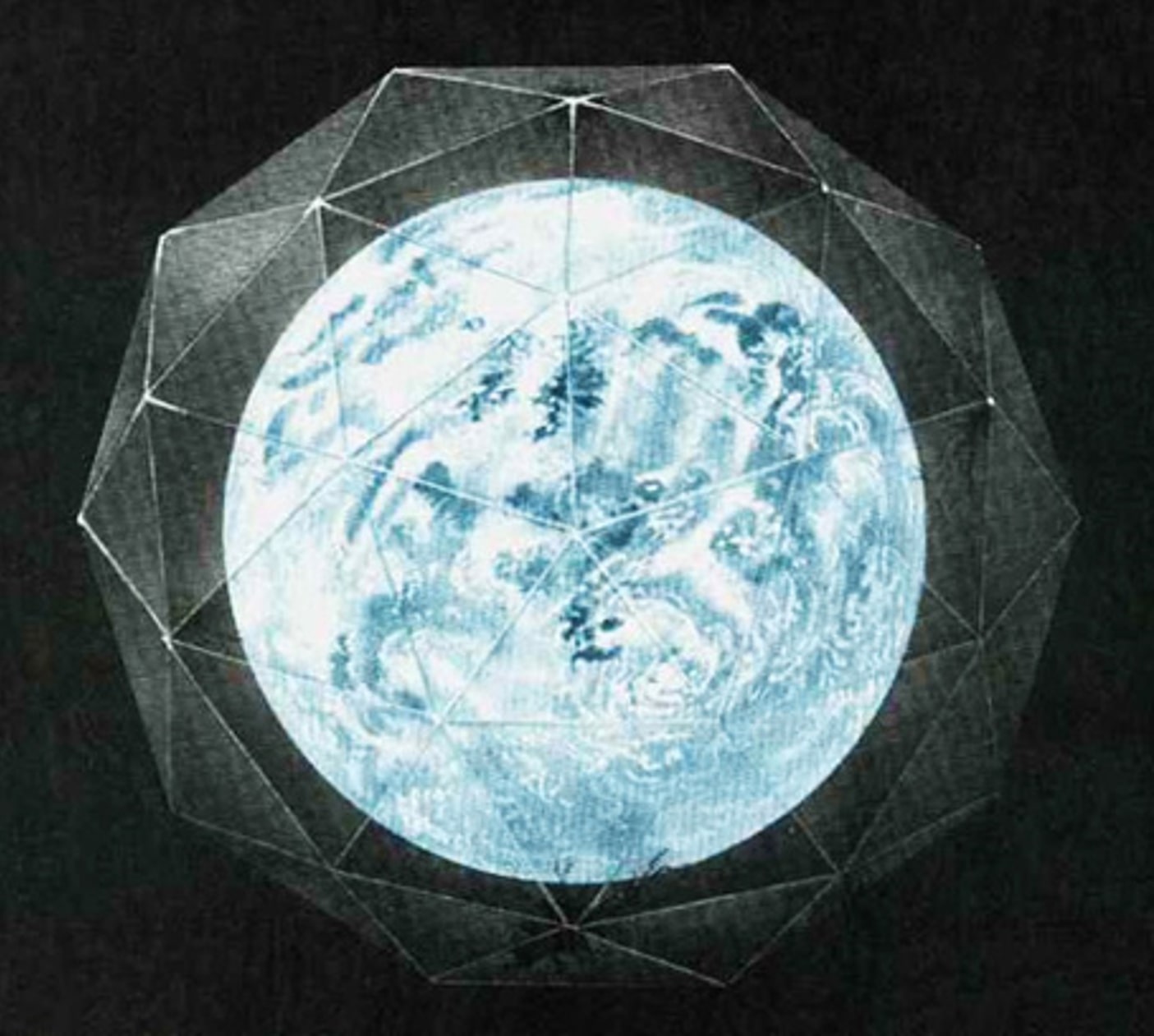
Satellite images feed our daily intake from social media and television, illustrating the violent spatial reach of surveillance with uncanny perseverance since the first Gulf War. However, it would be misleading to consider this as a confirmation of long gone modernist scopic regimes. As most of the data stream from our ubiquitous and interconnected sensing devices, satellite imagery is not primarily intended to be processed visually by humans. Instead, these images are already networked and operative, being processed by other machines and triggering actions without our direct intervention through digital twins and other simulations Remote sensing and imagery becomes just an additional input source for these, conceptually breaking the traditional hierarchies of distance, focus, and resolution. Nonetheless, some of these contemporary Machine Learning techniques (eg. image super-resolution) point towards a contemporary machinic version of erotic and projective imagination. If vision is not a re-covery of pregiven features, but a sensori-motor enactment of a possible world, how can the conception and imagination of new environments work in the times of AI? Opening the doors to reimagine Space Ship Earth anew, this unexpected turn casts our longing and procreative gaze straight back at the cracks of our planetary sprawl, as if it were ruins to be interpreted and colonized.
Image caption :
Map of the centre of Yaxuná, Mexico, composed from LIDAR data _ Traci Ardren and Dominique Meyer_University of Miami, 2017.
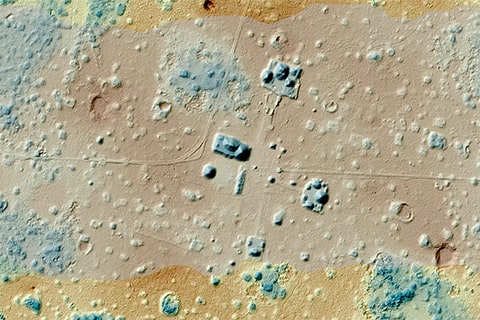
When satellite images of contemporary metropolises started to be accessible to architects and urbanists, a quite radical shock emerged. Modern history has for long time pushed forward the idea that the higher you could view a city/landscape, the most you could know about it. This “zenital myth” went into crises through satellite view because urbanscapes appeared as bizzare and unrecognizable objects. (At least) the Western conception of the city as a bounded entity with a clear division between the countryside and “nature” appeared as a complete non-sense looking from above. This epistemological shock has been one of the factors that led to the crisis of urban planning writ large.
However, in the last decade, a new urban actor is emerging with new potentials and capabilities of planning in (not only) Western metropolises: Amazon. Amazon urbanism is characterized by a profound knowledge on territories due to big-data management and the disseminated logistical infrastructures of the company, interconnecting huge facilities with the last mile logistics. In the last few years, with a radical acceleration thanks to the Covid pandemic, Amazon is progressively colonizing “air” a new strategic frontier for its operations.
Jeff Bezos, the Amazon founder, is a crucial player with Blue Origin in the “new Space race”. However, perhaps less known, Amazon operations are also increasingly focused on the sub- orbital aerial level. Amazon sees air as an infrastructure, the smoother one for an endless circulation. Therefore, Amazon is developing an urban intelligence aiming at creating a sort of “urban automation from above”, through an imaginary populated by multi-level drone fulfillment centers, flying warehouse facilities, delivery via drones “highways”.

The sublimity of looking at Earth from space, often called the “overview effect,” shapes the impressions and words of astronauts. The evidence of what they see, in the form of photographs and videos, changes how the Earth-bound understand our impact on the globe. Given an astronaut’s opportunity to float above the Earth from as close as 100km or as far as the orbit of the Moon (377,000km), urbanism moves in and out of focus. High-powered camera equipment clarifies and obscures evidence of human activity, how both natural and political boundaries are overcome or pushed against. This presentation focuses on the changing view of that landscape over the age of human spaceflight. Using urban examples from around the globe, change over time is clear from the astronaut-eye view. Those who serve as our surrogates in space exploration provide visual and impressionistic points of view, evidence of how we have literally and figuratively reshaped the planet.

This paper extends my previous research on vertical mediation and offers a critical analysis of international news media coverage of the current war in Yemen (2014-present), focusing on air and missile strikes on civilian sites, including an airport in Aden, prison in Sadaa, and telecom facility in Hodeidah. News media coverage of such attacks is not only reductive and polarizing but often confuses or effaces particularities of the conflict, whether parties involved, sites destroyed, or people killed. At the same time, these reports have become a kind of raw material for making sense of this war, including by forensic media organizations. I argue there is a need for other ways of imagining and critiquing the material relations of aerial/ballistic technologies, urban space, media, and geopolitics. Political analysts have described Yemen as a “security vacuum,” but I am also interested in the ways news media position the country as a kind of entropic state – one composed of warring parties that not only attack one another, but their own infrastructures and civilians, without pointing to the integral role of US/European weapons systems, financing, and refueling in this process.

Our understanding of the space above our heads has shifted from an unregulated, infinite expanse of ether to a volumetric, multi-dimensional zone of competing claims and infrastructures. In modernity the elemental aspects of air—its atmospherics and meteorology—are not simply natural but productive of social relations and politics. War moved into airspace in the early 20th century as the wealthiest nation-states drew upon the new achievements of aviation to advance colonial territorialization and to overcome the limitations of trench warfare. Yet the “freedom” that aviation seemed to offer military operations created counter measures based on the 19th century British legal doctrine of Cujus set solum ejus est usque ad coelumn (“whoever owns land owns it up to the sky”). Throughout the 20th century what counted as the “sky” and who owned it shifted legally, culturally, and politically. Airspace became conceived as structured—an architecture that interacted with ideas and practices of urban, rural, national, international, commercial, military and even literary or artistic spaces. The military “no-fly zone” (NFZ) emerges out of this complex history and generates new conundrums in contemporary warfare. The NFZ is a fraught operation in a politicized space of competing objects, materials and elements that produces violent, state-sponsored inequalities.
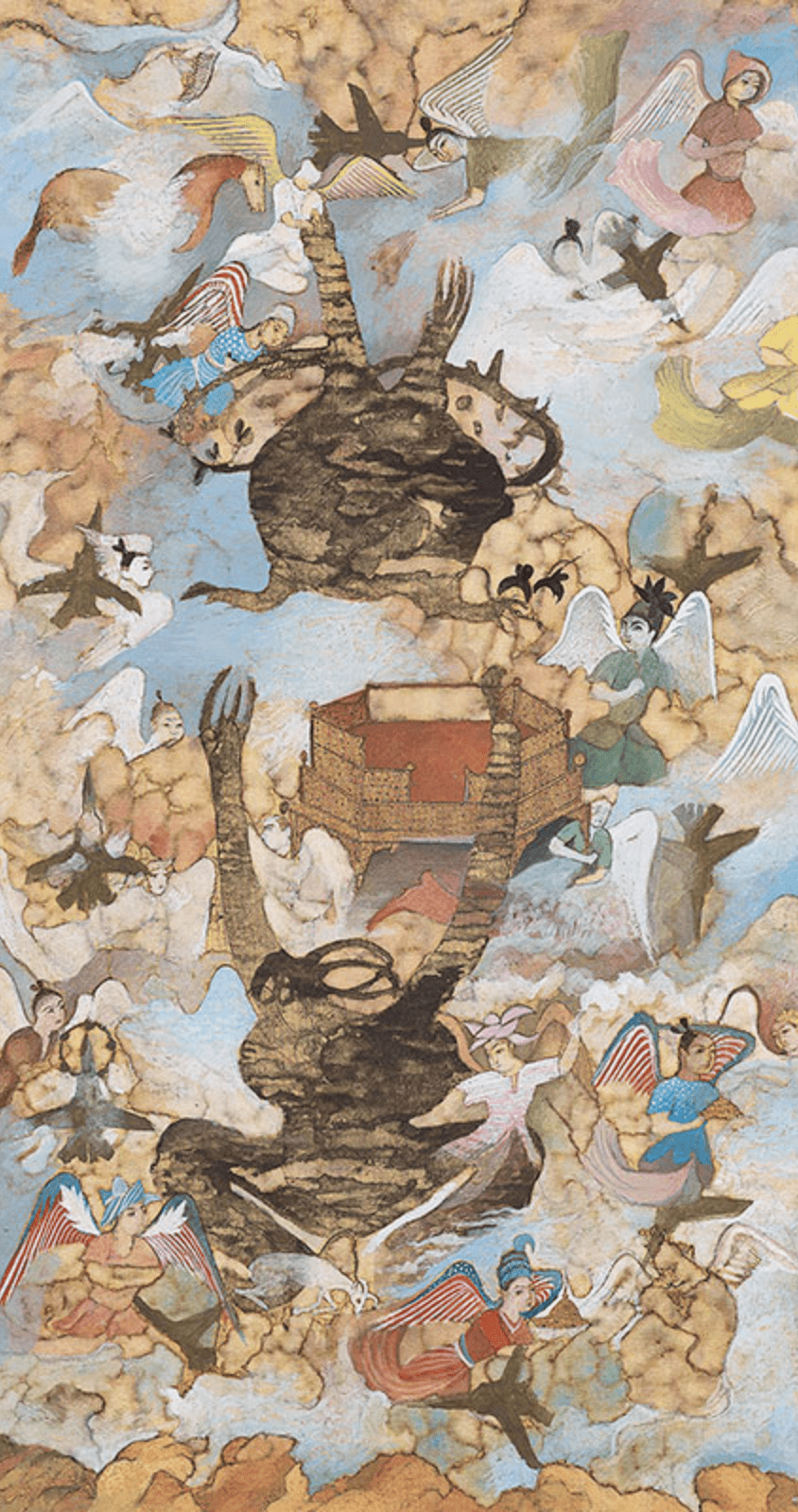
Respondent:
Tristan Weddigen
Director of Bibliotheca Hertziana, University of Zurich







